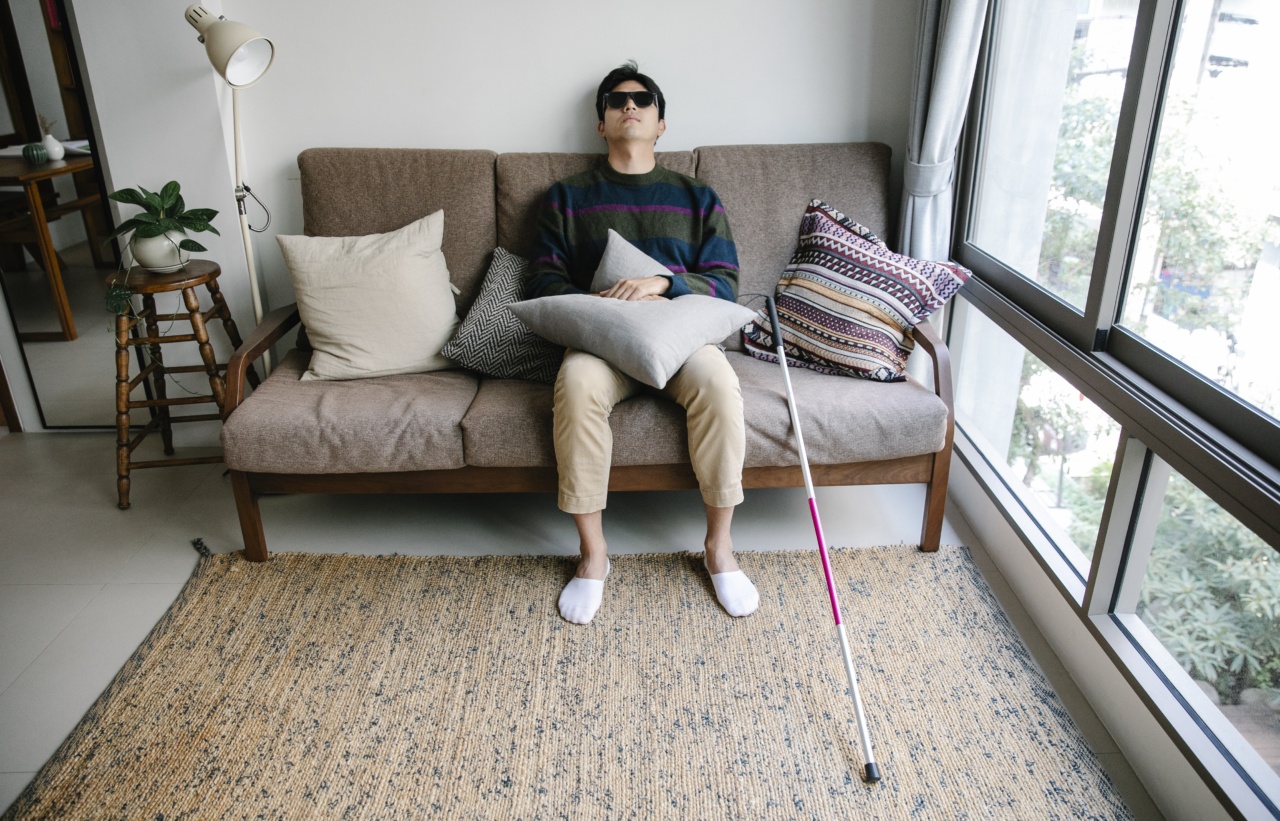Narcolepsy is a chronic neurological disorder that affects the brain’s ability to regulate sleep-wake cycles.
It is characterized by excessive daytime sleepiness, sudden and uncontrollable episodes of sleep, and other symptoms such as sleep paralysis and hallucinations. Living with narcolepsy can be challenging, but with the right strategies and lifestyle adjustments, individuals can effectively manage their symptoms and lead fulfilling lives.
This comprehensive guide aims to provide valuable insights and practical tips for coping with narcolepsy.
Understanding Narcolepsy
Narcolepsy is a relatively rare disorder, affecting approximately 1 in 2,000 people worldwide. While the exact cause is unknown, researchers believe that a combination of genetic and environmental factors may contribute to its development.
Narcolepsy typically begins in adolescence or young adulthood but can manifest at any age.
The primary symptom of narcolepsy is excessive daytime sleepiness (EDS), which is often accompanied by other symptoms like cataplexy, sleep paralysis, and hypnagogic hallucinations.
EDS can significantly impact daily functioning, making it difficult to stay awake and alert during normal activities such as work, school, and social interactions.
Diagnosis and Treatment
Diagnosing narcolepsy can be challenging as its symptoms can overlap with other sleep disorders.
A medical professional experienced in sleep medicine will evaluate a patient’s symptoms, medical history, and conduct tests such as polysomnography and the multiple sleep latency test. These tests help in assessing sleep patterns and determining the presence of narcolepsy.
While there is no cure for narcolepsy, several treatment options aim to manage the symptoms and improve day-to-day functioning for individuals.
The most common approach involves a combination of medications, lifestyle adjustments, and support from healthcare professionals.
Medications for Narcolepsy
Medications play a crucial role in treating narcolepsy by helping individuals stay awake during the day and managing the symptoms of cataplexy, sleep paralysis, and hallucinations. Some commonly prescribed medications include:.
Stimulants: Stimulant medications like amphetamines and methylphenidate can increase alertness and reduce daytime sleepiness. However, they may have potential side effects such as increased heart rate and blood pressure.
Selective Serotonin Reuptake Inhibitors (SSRIs): These medications are primarily used to address symptoms of cataplexy, sleep paralysis, and hallucinations.
SSRIs work by regulating serotonin levels in the brain, which helps stabilize sleep patterns.
Sodium Oxybate: Sodium oxybate, also known as gamma-hydroxybutyrate (GHB), is approved for the treatment of cataplexy in narcolepsy. It is also effective in improving nighttime sleep and reducing daytime sleepiness.
Lifestyle Adjustments
In addition to medication, making certain lifestyle adjustments can significantly improve the quality of life for individuals living with narcolepsy. These adjustments include:.
Stick to a Regular Sleep Schedule: Establishing a consistent sleep-wake routine helps regulate the body’s internal clock and promotes better sleep at night.
Create a Sleep-Friendly Environment: Design the bedroom to be conducive to sleep, with comfortable bedding, minimal noise, and a cool temperature.
Plan Rest Breaks: Incorporate short rest breaks or naps during the day to combat excessive sleepiness. Find a quiet and comfortable space for quick rejuvenation.
Practice Good Sleep Hygiene: Adopt healthy sleep habits such as avoiding caffeine and electronic devices before bedtime, ensuring a comfortable sleeping environment, and engaging in relaxation techniques.
Managing Daytime Sleepiness
Dealing with excessive daytime sleepiness can be one of the most challenging aspects of narcolepsy. Here are some strategies that may help in managing daytime sleepiness:.
Regular Exercise: Engaging in regular physical activity can boost energy levels and promote wakefulness. However, it is advisable to avoid exercising close to bedtime, as it can interfere with nighttime sleep.
Strategic Caffeine Use: Consuming small amounts of caffeine strategically throughout the day, especially during times of increased sleepiness, can provide a temporary energy boost.
Stay Engaged and Active: Staying mentally and physically active can help combat sleepiness. Engage in stimulating activities, take breaks to stretch or walk around, and maintain social connections.
Plan Short, Intentional Naps: A short nap of 10-20 minutes can help alleviate sleepiness and boost alertness. However, it is essential to avoid extended naps or napping too close to bedtime, as it can disrupt nighttime sleep.
Support and Coping Strategies
Living with narcolepsy may require emotional support and coping strategies to navigate the challenges that come with the condition. Consider the following:.
Join Support Groups: Connecting with others who have narcolepsy can provide a sense of belonging and understanding. Online and in-person support groups offer a platform for sharing experiences and coping strategies.
Consider Counseling: Individual or group counseling sessions with a mental health professional can assist in managing emotional challenges associated with narcolepsy.
Educate Family and Friends: Helping family and friends understand narcolepsy can foster a supportive environment. Educate them about the condition, its impact, and provide information on how they can be supportive.
Practice Stress-Reduction Techniques: Stress can exacerbate narcolepsy symptoms. Establishing a routine of stress-reduction techniques such as meditation, deep breathing exercises, and mindfulness can help manage stress levels.
Conclusion
Living with narcolepsy requires a multidimensional approach to manage symptoms and improve overall well-being.
By understanding the nature of narcolepsy, exploring treatment options, making lifestyle adjustments, and seeking support, individuals with narcolepsy can lead fulfilling and productive lives while effectively coping with their condition.




























